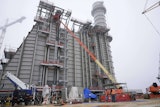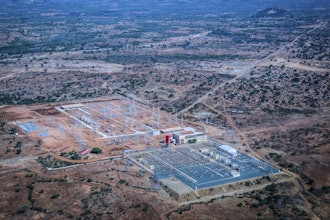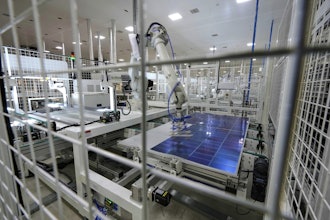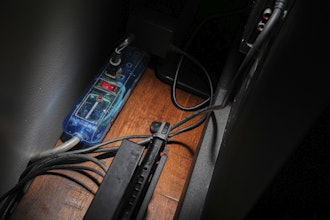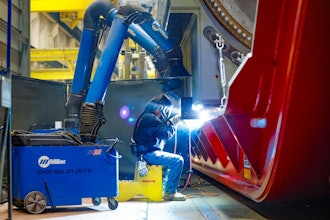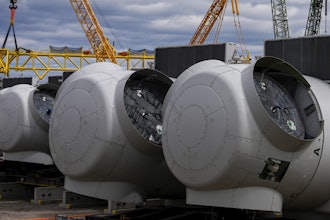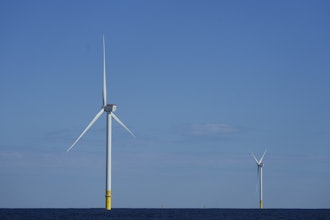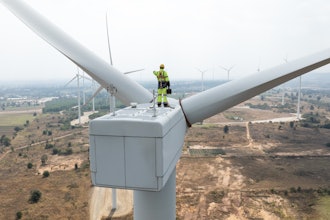Oklahoma City-based Reel-O-Matic is a manufacturer of wire, cable and flexible material handling machines for a variety of industries including aerospace, government, oil/gas, medical, automotive, crane, plastics and telecommunications. Specialists in reeling, coiling and measuring applications, they used Yaskawa’s U1000 Industrial Matrix Drive to resolve a couple of their specific application challenges.
CHALLENGE
Reel-O-Matic had specific application challenges on machines with variable speeds under heavy load and those that required the motor to be used as a brake. They were using either dynamic braking packages to burn off regenerative energy that would occur in these applications or separate regenerative packages to put the regenerative energy back on the grid.
Although both of these solutions reduced the cost of operating the machines, they required additional cost, labor and cabinet mounting space, while creating a possible safety hazard due to the high amounts of energy being directed to brake resistors and the resulting heat created. They needed a more efficient method to redirect the regenerative energy.
SOLUTION
Yaskawa’s U1000 Industrial Matrix Drive was introduced to Reel-O-Matic to solve their application issues.
Unlike conventional drives, the U1000 creates a variable output by switching directly from the input power, meaning there is no DC bus. Regenerative energy is put back onto the line without introducing high levels of low frequency current harmonics. Lower current harmonics reduce transformer heating and allow it operate more efficiently with an even higher overall load.
Also, since the U1000 is a single, stand-alone component, Reel-O-Matic was able to eliminate extra components, reducing cabinet size, and cost, while eliminating potential burn or shock hazards from large externally mounted resistors.
RESULTS
Reel-O-Matic machines are used in factory production running 24/7. Implementing the U1000 allows for continuous operation with no down time due to overheating or high DC bus conditions.
Also, lower harmonics means Reel-O-Matic customers are inherently compliant with the IEEE-519 standard. There will be no need to be concerned with utility companies complaining about elevated harmonic current levels affecting the grid.
Max Clarke of Reel-O-Matic stated, “The operation and benefits (of the U1000) have been flawless for our applications.”
